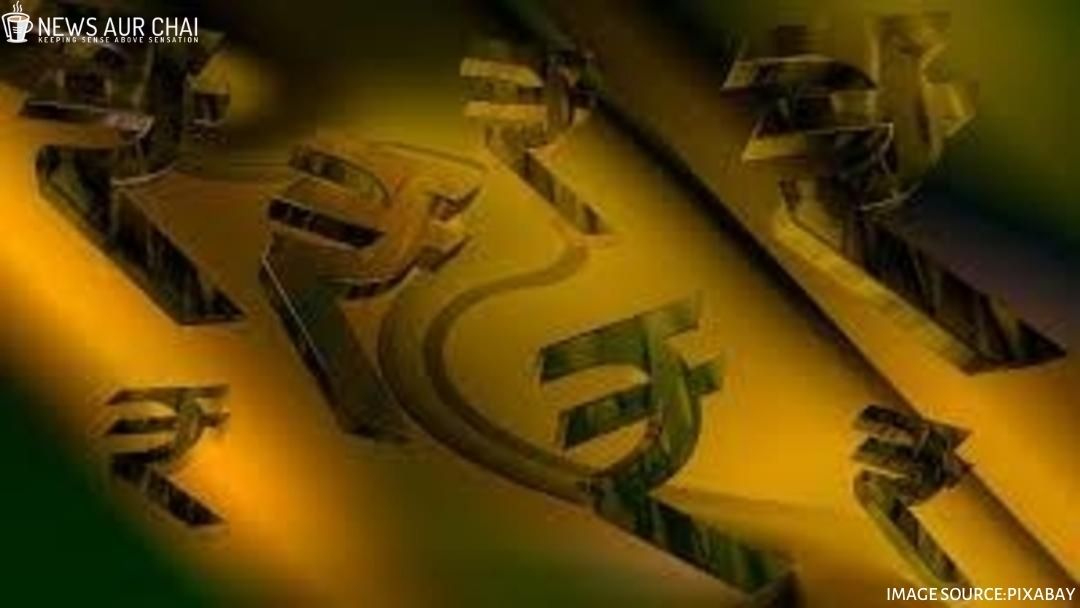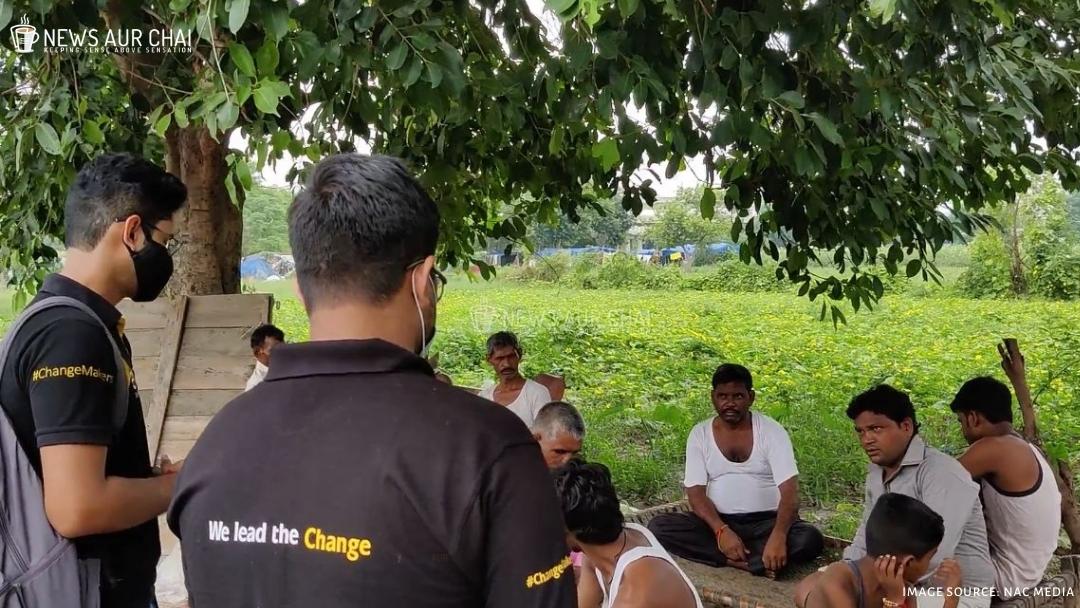
‘Economic reform’ usually refers to changes brought to the existing Laws and economic policies; it is an economic reform. Since India’s independence, the economy has undergone considerable changes in its financial system. On entering the 74th Independence Day of ‘Incredible India,’ let’s look into a few of the significant ‘major economic reforms’:-
-
Banking Reforms, 1969
Banking Reform refers to the nationalization of banks. The only female Prime Minister of India, Indira Gandhi, took a significant step by nationalizing 14 banks to keep up with the growing demand to nationalize banks in 1969. The reason for the nationalization was two, and they are as follows:-
- Unavailability of sufficient credit;
- Sluggish functioning of the banking sector.
As a result, banks are able to operate efficiently, and the public’s confidence in banks has increased. Additionally, several Non-Banking Financial Institutions (NBFCs) and Banking Financial Institutions (BFIs) have sprung up in this sector.
-
Abolishing ‘Privy Purse,’ 1971
‘Privy Purse’ was a payment to the royal families of the princely states, which had to be merged with newly formed India in 1947. In 1971, Indira Gandhi advocated for its abolition based on ‘equal rights’ of all citizens and the need to reduce the Government’s revenue deficit. It was a massive blow to the Indian royalties as they were also required to pay taxes and were no longer invisible from the Law.
-
Stopping the ‘License Raj,’ 1991
The ‘License Raj’ or ‘Permit Raj’ is the elaborate system of licenses, regulations and accompanying red tape required to set up and run businesses in India between 1947 and 1990. A firm needed approval from 80 agencies before a license to produce something could be obtained.
Even after receiving the license, the firms had to undergo a complex set of compliance rules. After introducing the reforms since 1991, the firms and other business houses could function appropriately without having to worry about ‘red-tapism.’ Dr. Manmohan Singh, the then Finance Minister, played a crucial role in freeing India from the License Raj.
-
New Economic Policy, 1991
There were three major components to the New Economic Policy, 1991:-
- Liberalization;
- Privatization;
- Globalization.
The New Economic Policy led to many benefits to the Indian businesses, a few of which are:-
- Increasing Competition;
- More demanding customers;
- Adoption of new technology;
- Initiative to develop human resources and skills;
- Provision of Market Orientation.
Since the Liberalization process, the Indian markets opened itself to both private and public sector companies. Steadily, the nation started carrying out those businesses that had foreign organizations too.
-
Black Money (Undisclosed Foreign Income and Assets) and Imposition of Tax Act, 2015
It is an Act by the Parliament of India which aims to curb black money, undisclosed foreign assets and income, also imposes tax and penalty on such income. The Lok Sabha enacted it on May 11, 2015, and the Rajya Sabha on May 13, 2015. This Law seeks to bring back the income and assets held abroad back to the country. Failure to comply with the Act’s requirements leads to severe consequences in the form of penalties and possible imprisonments.
-
Foreign Direct Investment (FDI) in various Sectors
FDI is a significant source of finance for the development of businesses and the economy in India. When foreign companies invest directly in Indian businesses, it improves the name and reputation of the latter.
On July 22, 2020, the Indian Prime Minister, Narendra Modi, had stated that ‘India had managed to attract 20 per cent more FDI than it did in 2019’ at the ‘India ideas’ summit, which was an Indo-US trade summit organized by the US-India Business Council (USIBC). He went on to add that ‘Every year, we are reaching record highs in FDI. FDI inflows in India in 2019-2020 were 74 billion dollars, an increase of 20 per cent compared to the previous year.
The following table shows a brief analysis of the sectors where we can expect an inflow of the FDI:-
Sector |
Analysis |
|
Healthcare |
Growing faster than 22 per cent each year |
| Insurance |
Increased up to 49 per cent |
| Defense |
Increasing up to 74 per cent |
While inviting investments, the Prime Minister further stated that the Indian economy is evolving into a gas-based economy wherein we build houses, roads, and ports.
-
Goods and Services Tax (GST)
Prime Minister Narendra Modi finally launched GST into operation on July 1, 2017, after nearly 20 years of its introduction under the Vajpayee Government. The benefits of GST, which continue its positive effects even today, are as follows:-
- Creation of a unified national market;
- A push towards the ‘Make in India’ initiative;
- Enhanced investment and employment;
- A simplified tax structure;
- Ease in carrying out business;
- Automated procedures, with greater use of Information Technology;
- Reduction in compliance costs;
- Benefits to the agriculture, trade and industries;
- Mitigation of the ill-effects of cascading or ‘tax on tax’;
- Benefits to small traders and entrepreneurs.
- Although GST has received criticisms, its advantages outweigh its disadvantages.
-
Demonetization, 2016
The announcement made by Narendra Modi on November 8, 2017, of demonetizing all Rs. 500/- and Rs. 1,000/- banknotes, took the entire nation by surprise. The objectives for making such an announcement are as follows:-
- Decrease the usage of black money;
- Increase cash in the banking system up to the extent possible;
- Stop the handling of fake currencies;
- Reduce all the possible funds that could be used for terrorism.
Many restrictions were imposed to affect the Government’s initiative. Several problems were encountered by the common people to meet up with the requirements on such short notice. As per the latest reports, even though digital payments and cashless transactions became popular, India is ‘still recovering’ from the demonetization shock.
-
Introduction of the National Institute for Transforming India (NITI) Aayog
On May 24, 2014, Narendra Modi had replaced the long-standing Planning Commission with NITI Aayog. The main aim of this was to serve the needs and aspirations of the Indian citizens in a better manner. The NITI Aayog is the premier policy ‘Think Tank’ of the Indian Government, providing directional and policy inputs.
-
Considering ‘start-ups’ as a new business model.
The ‘Start-Up India’ Scheme is an initiative by the Indian Government to generate employment opportunities and the creation of wealth in the country. Narendra Modi launched this scheme on January 16, 2016, with the following benefits:-
- Simplification of work;
- Financial support;
- Easy access to Government tenders;
- Bigger Networking opportunities.
Narendra Modi had also mentioned during the ‘India Ideas’ summit that ‘During the last six years, we have made many efforts to make our economy more open and reform-oriented. Reforms have ensured increased competitiveness, enhanced transparency, expanded digitization, greater innovation, and more policy stability.’ With the ongoing changes and developments taking place at a rapid speed, one can only hope that the Indian economy and the land continues to thrive in the years to come.





